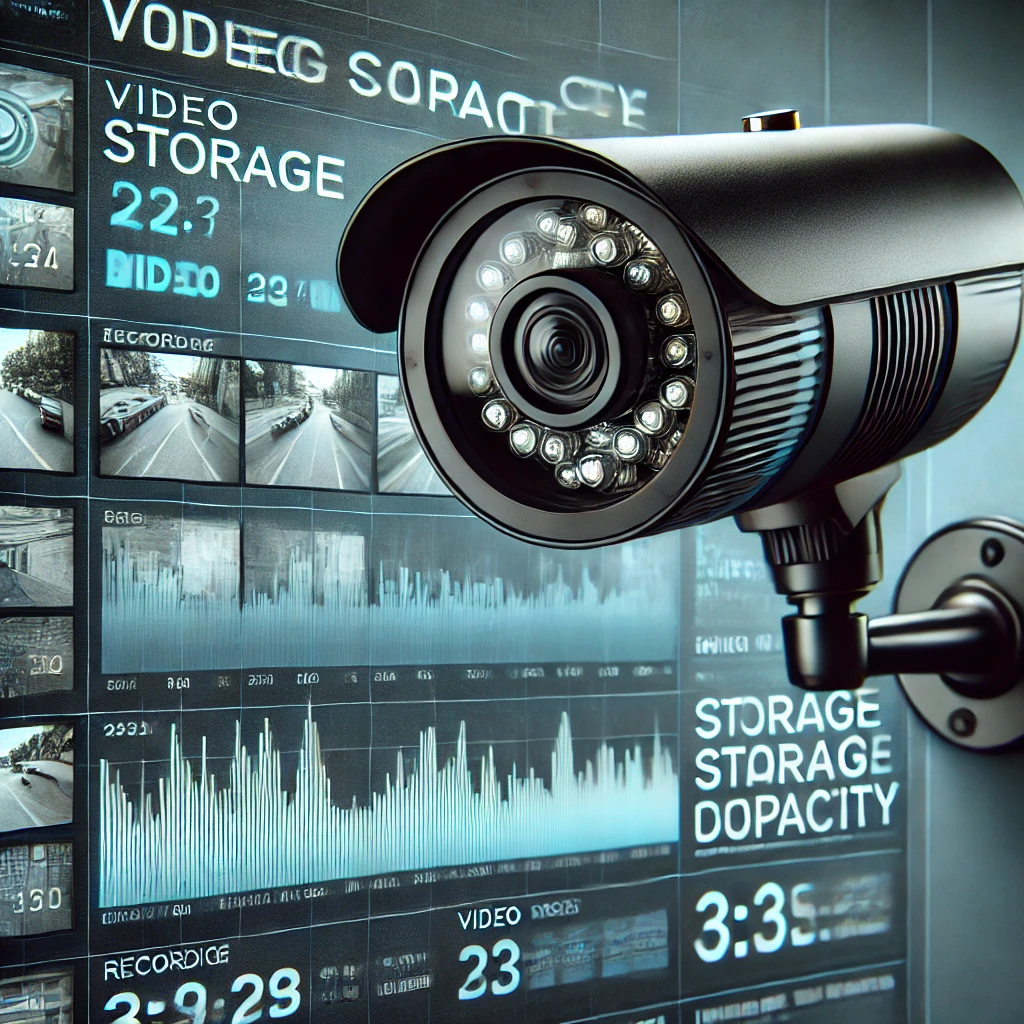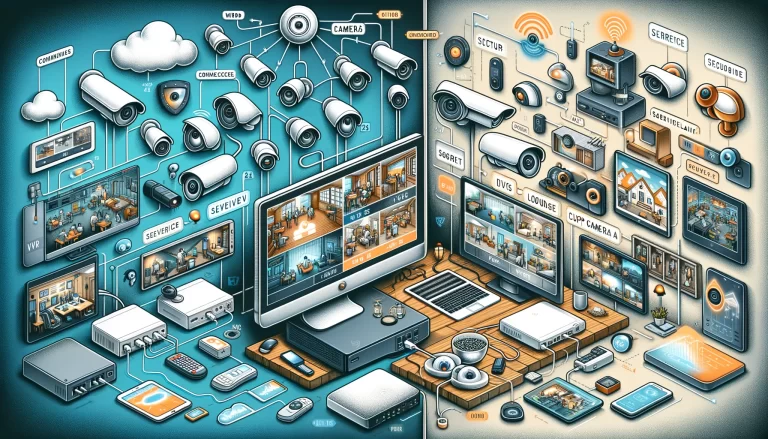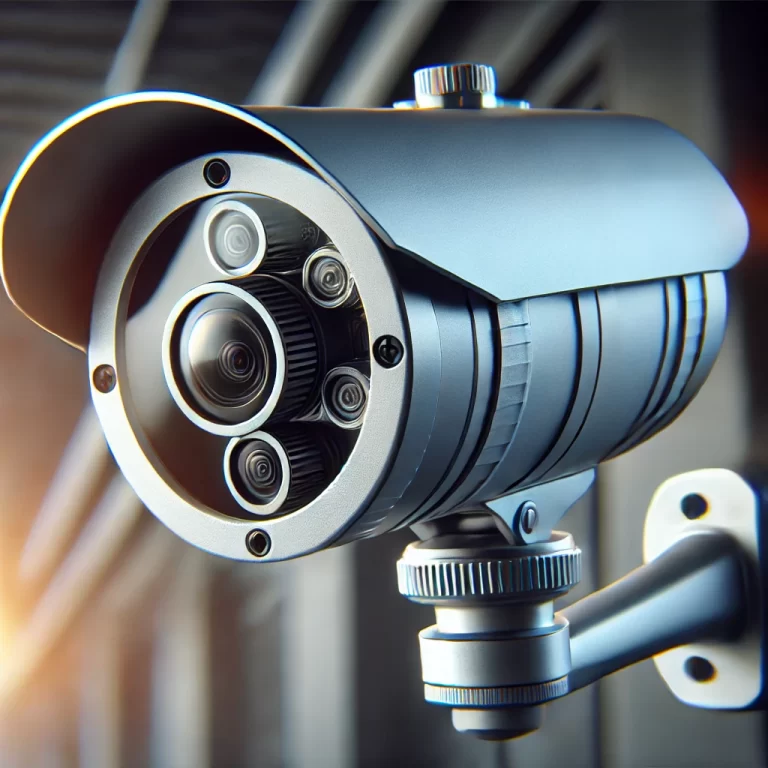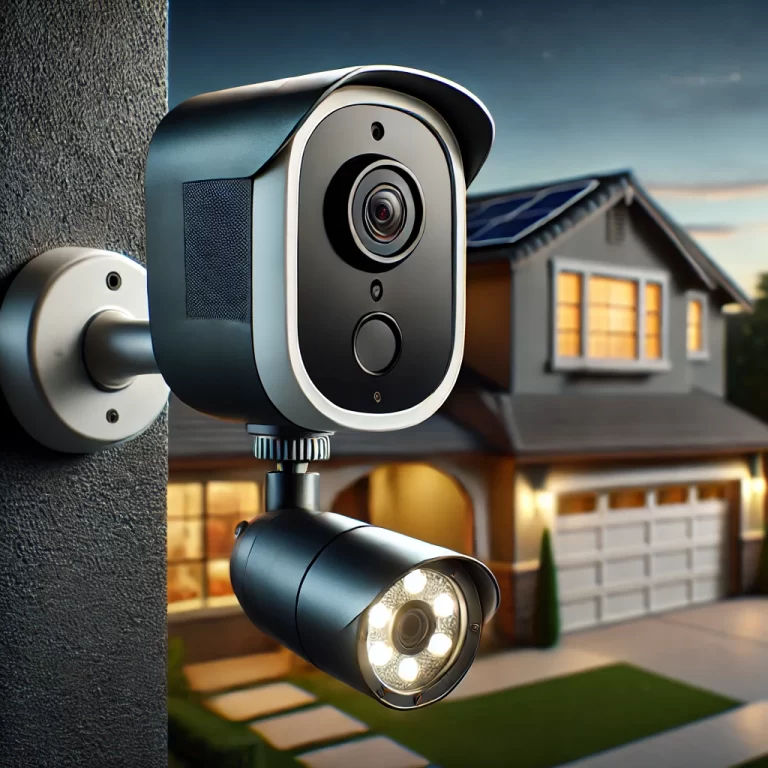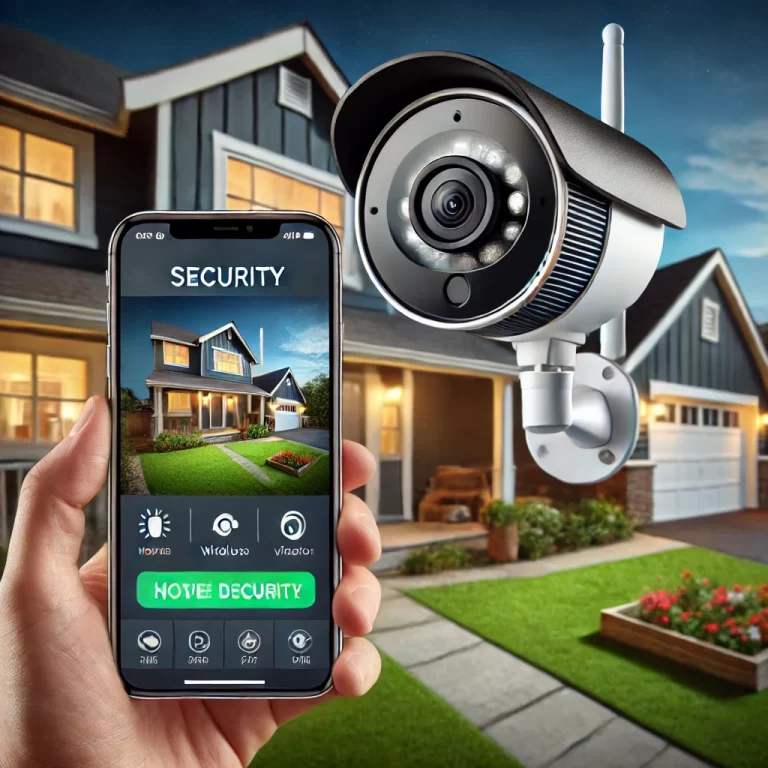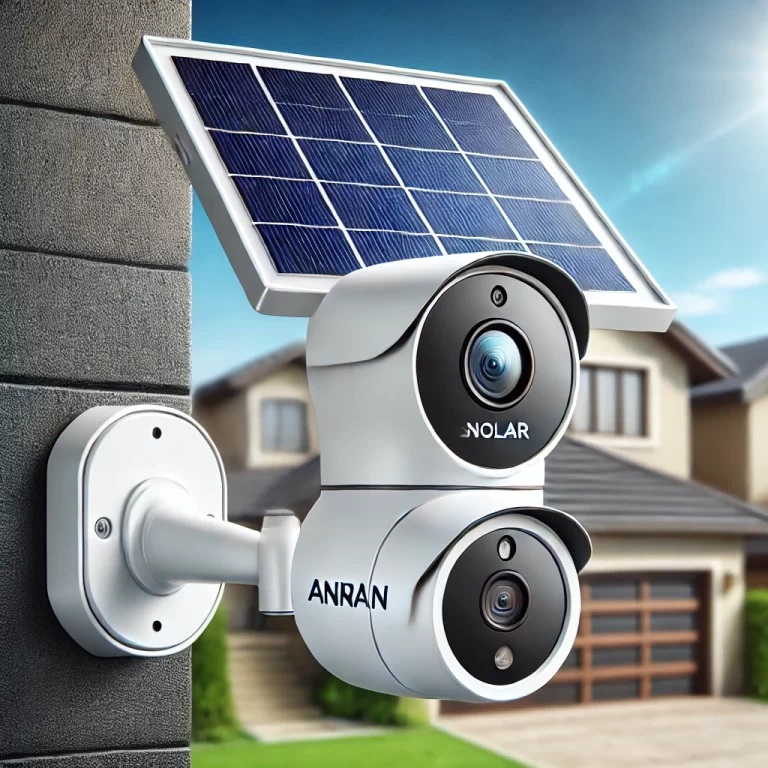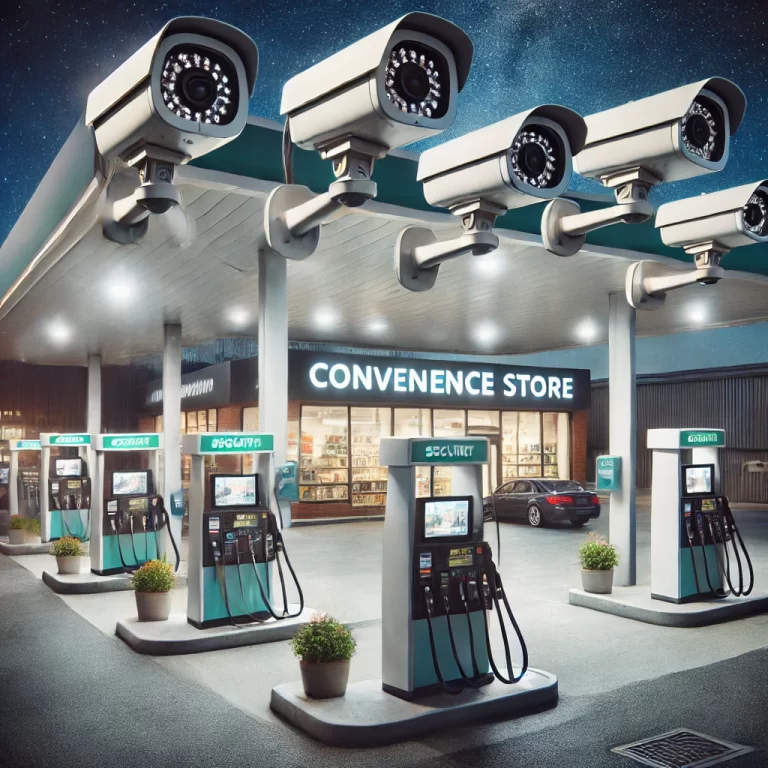How Long Can a Camera Record? Understanding the Limits
Cameras have become essential tools for security, content creation, and personal use, especially in modern security systems. One of the most common concerns users have is: how long can a camera record? The answer depends on multiple factors, including storage capacity, resolution, recording settings, and whether the camera supports continuous recording.
What Determines the Maximum Recording Time of a Security Camera?
The recording time of a security camera is influenced by several factors:
- Storage Capacity – The available memory in an SD card, hard drive, or cloud storage affects how long security cameras keep footage.
- Video Resolution – Higher resolution (such as 4K) consumes more storage.
- Compression Technology – Formats like H.265 can extend recording time compared to H.264.
- Recording Mode – Motion-activated recording lasts longer than continuous recording, making it ideal for security camera systems.
- Power Source – Battery-operated cameras may have time restrictions.
Understanding these factors helps in optimizing the recording duration of your security cameras.
How Long Do Security Cameras Store Footage?
Security cameras can store footage for different durations, depending on their setup:
- Home security cameras – Typically store footage for 7 to 30 days in the cloud.
- Business security cameras – Retain recordings for 30 to 90 days.
- Public surveillance systems – Often keep footage for 90 to 180 days, sometimes longer.
- Local storage (DVR/NVR systems) – Can hold data for months or even years, depending on the storage size.
Key Factors That Affect How Long a Camera Can Record
1. Storage Capacity
The larger the storage, the longer a camera can record. Common storage options include:
- MicroSD Cards (16GB–512GB)
- Hard Drives (HDD/NVR/DVR) (1TB–10TB+)
- Cloud Storage (Depends on the subscription plan)
2. Resolution and Video Quality
Higher resolution videos take up more space:
- 1080p (Full HD) uses around 1GB per hour
- 4K video can use up to 20GB per hour
3. Compression Technology
Newer formats like H.265 allow more video to be stored in the same space compared to older formats like H.264.
4. Recording Mode
- Continuous Recording – Consumes the most storage and power.
- Motion-Activated Recording – Saves storage by recording only when movement is detected.
- Scheduled Recording – Limits recording to specific times, saving storage space in your security camera system.
Ways to Extend a Security Camera’s Recording Duration
If you want your security camera to record for longer, consider these strategies:
- Lower the video resolution to reduce storage consumption.
- Enable motion-activated recording to save space.
- Use a high-capacity SD card or external hard drive.
- Switch to H.265 video compression for better efficiency.
- Upgrade to cloud storage with a longer retention period to ensure your security cameras keep footage for an extended time.
The Role of Storage Capacity in Video Recording Time
Storage plays a key role in how long a camera can record. Here are some general estimates for different storage sizes at 1080p resolution:
- 32GB – ~24 hours of recording on a digital camera.
- 128GB – ~4-5 days
- 1TB (1000GB) – ~1 month
For 4K resolution, these numbers decrease significantly due to the larger file sizes typical of modern security camera systems.
How Video Quality Affects Storage and Recording Time
Higher quality videos take up more space, but lower-quality videos may lose crucial details. It’s important to find a balance based on your needs.
Comparing 4K vs. Standard Security Cameras: Storage Considerations
- 4K cameras require at least 4 times more storage than 1080p cameras.
- Higher compression (H.265) can help reduce file sizes without sacrificing quality.
Can Home Security Cameras Record Continuously?
Many home security cameras support continuous video recording (CVR), but this depends on storage and power limitations.
Limitations of Continuous Recording for Home Security Cameras
- Power consumption – Wired cameras need a constant power source.
- Storage limitations – High-quality continuous recording fills up storage quickly, especially in a CCTV camera setup.
- Cloud storage costs – Some providers charge extra for continuous recording features in your security camera system.
How is Security Camera Footage Stored?
Security camera footage is stored in different ways:
- Local Storage (SD Card, HDD, NVR, DVR) – Offers offline access but limited space.
- Cloud Storage – Provides remote access but may require subscriptions.
- Hybrid Storage (Local + Cloud) – Best of both worlds for redundancy.
Retrieving Old Security Camera Footage: Is It Possible?
Most security systems allow retrieval of old footage within a set timeframe:
- Cloud storage plans typically retain videos for 7 to 60 days, allowing you to see how long security cameras keep footage.
- Local storage depends on hard drive capacity.
- Overwrite settings may delete old footage if storage is full.
Scheduled Recording: A Smart Way to Manage Storage
Scheduled recording lets you control when your camera records, reducing unnecessary footage and maximizing storage efficiency.
Choosing the Right Security Camera for Your Needs
When selecting a security camera, consider:
- Storage capacity – Does it support large SD cards or external storage?
- Recording options – Continuous, motion-activated, or scheduled? Which is best for your camera system?
- Cloud storage availability – Do you need remote access?
- Video resolution – Do you need 4K, or is 1080p sufficient?
- Compression format – H.265 saves space compared to H.264.
15 Frequently Asked Questions (FAQs)
1. How long can a security camera record before it runs out of space?
It depends on storage capacity and settings. A 1TB drive can record about 1 month at 1080p resolution.
2. Can security cameras record 24/7?
Yes, but you need enough storage and a constant power source.
3. How long does a 32GB SD card last in a security camera?
Roughly 24 hours at 1080p, but motion detection can extend it.
4. Do security cameras delete old footage automatically?
Most systems use loop recording, which overwrites old footage when storage is full.
5. Can I increase my camera’s recording time?
Yes, by lowering the resolution, using motion-activated recording, or upgrading storage.
6. How much storage does a 4K security camera need?
A 4K camera may use 20GB per hour, requiring large storage solutions.
7. Can I retrieve deleted security camera footage?
If not overwritten, it may be recoverable. Cloud storage often allows retrieval.
8. How long do businesses keep security camera footage?
Typically 30 to 90 days, depending on regulations and storage capacity.
9. Do Wi-Fi cameras store footage without internet?
Yes, if they have local storage (SD card or NVR).
10. Does recording at night take up more storage?
Not necessarily, but infrared recording may use more data.
11. Can I set my camera to record only at night?
Yes, many cameras allow scheduled recording, which is a feature of modern security camera systems.
12. How do I check how much storage my camera has left?
Most security systems provide a storage usage indicator in their apps.
13. Do cloud storage plans have limits on recording time?
Yes, free plans may store footage for 7-30 days, while paid plans offer longer retention.
14. Can I store security footage on an external hard drive?
Yes, if your system supports DVR/NVR external storage for your security camera system.
15. What is the best way to maximize recording time?
Use motion detection, H.265 compression, and schedule recordings wisely.
By understanding how long a camera can record and optimizing storage, you can ensure that your security system operates efficiently without running out of space. Choose the right settings and storage solutions for the best results in your digital camera.

